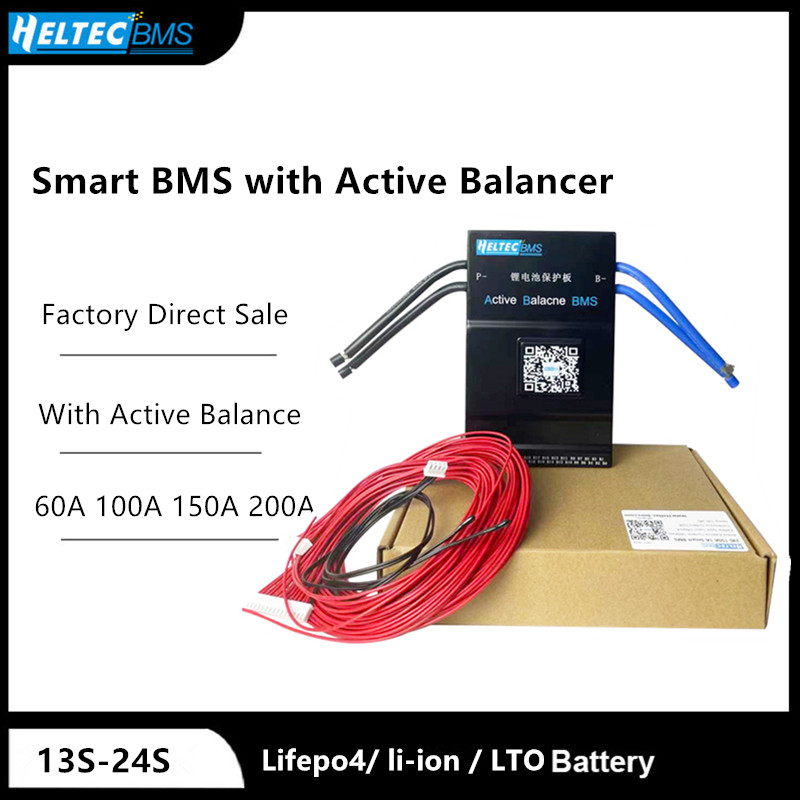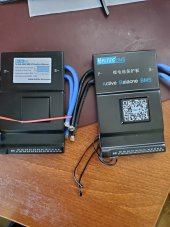Daddy Tanuki
Solar Wizard
when dealing with a 1 farad cap for an audio system they did it to keep the batteries, fuses and breakers intact. for smaller items like what I am dealing with now, I can see it for a multitude of reasons... not the least to keep you from scorching the contact area and causing resistance. think about it, if you get a big honking spark across the area where your ring terminal contacts the buss bar, or the battery terminal itself, it would create resistance. in the case of the above poster, he claimed to have burst a cap when he plugged it in. I could see that in smaller caps getting charged from a battery that can put out 300 x its C1 for a couple of seconds. the in-rush could be fatal for smaller caps. back the day Amp makers required their trained people to do the same...but that was 12 volt and not 48. I just needed a quick and easy way to calculate the size for my system, and thanks to DIYsolar123 I have an idea from which to start.I’m not surprised by the manufacturers response. I haven’t seen a capacitor that requires a limited charge current.
The only reason i use a precharge is to protect the contactor or charge source (battery) - i’ve never personally seen a capacitor damaged by high current.
I’m curious exactly what component of the active balancer is being damaged by high current?
it is possibly unneeded but how much is a 5 ohm by 500 watt resistor? pennies on the dollar and safer.. hell I can buy three different sizes going down from there and still not spend a dollar... cheap insurance.





